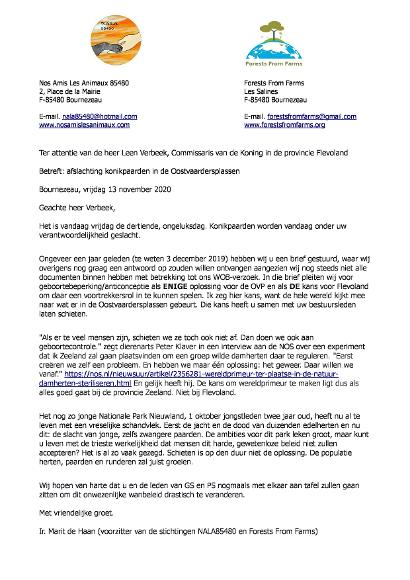Translate This Page
The internationally famous "Re-wilding" project of the
"Oostvaardersplassen" in the Netherlands has failed
and now 1750 healthy deer, 150 horses and soon also the heck cattle are paying the price with their lives!
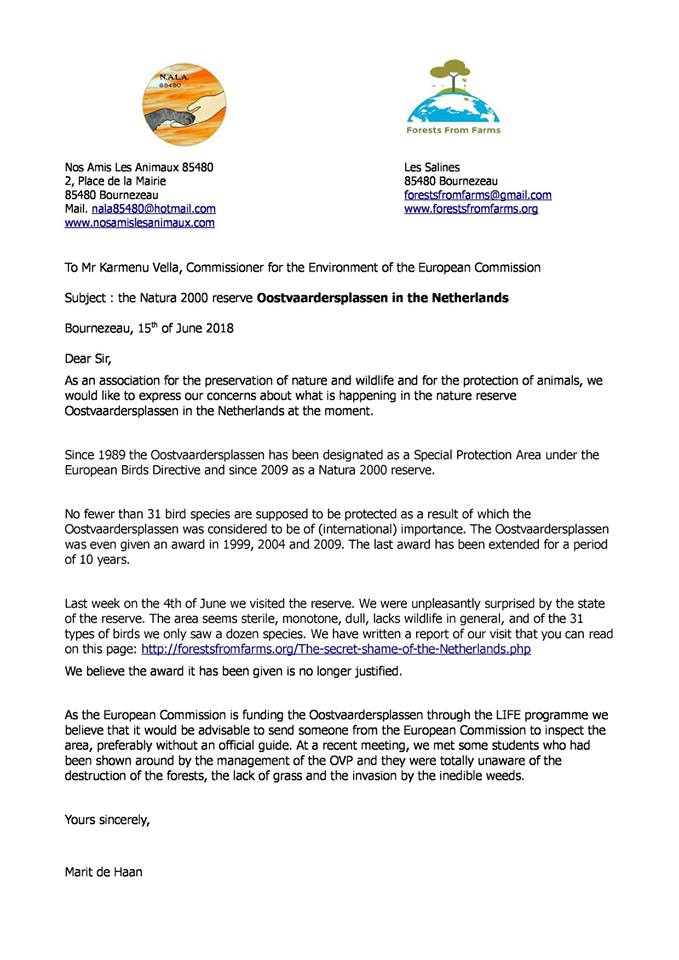
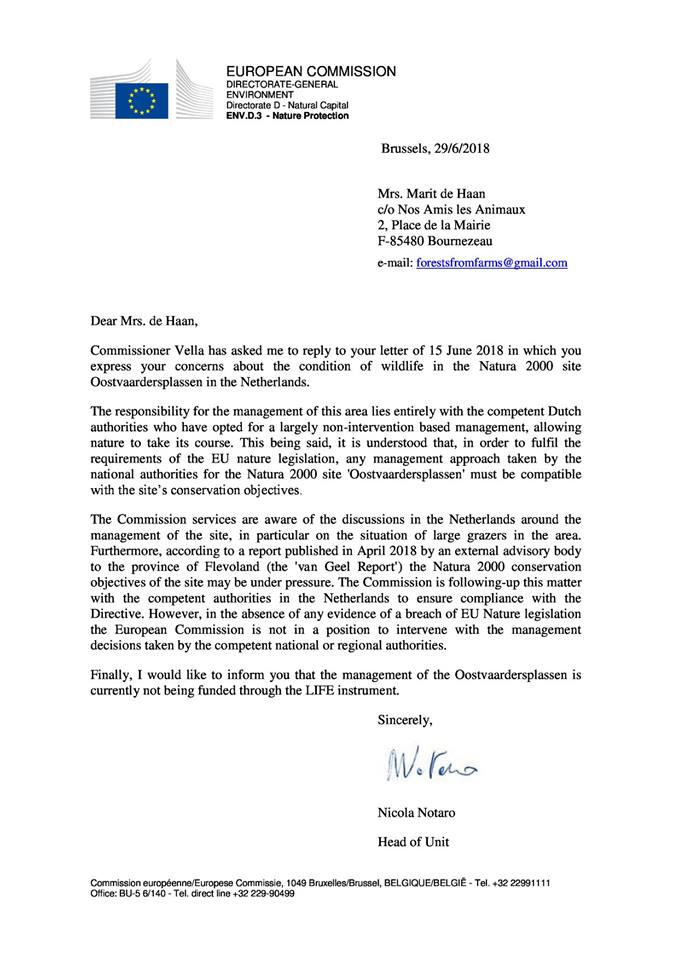
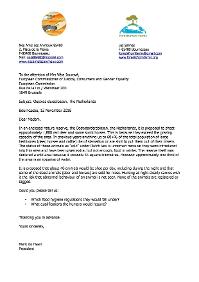
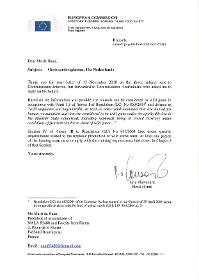
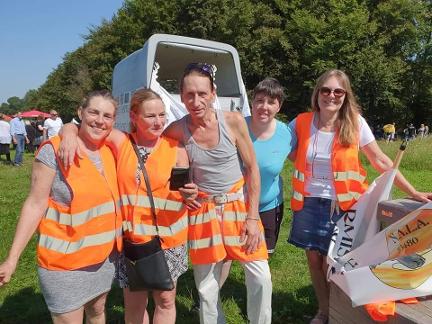
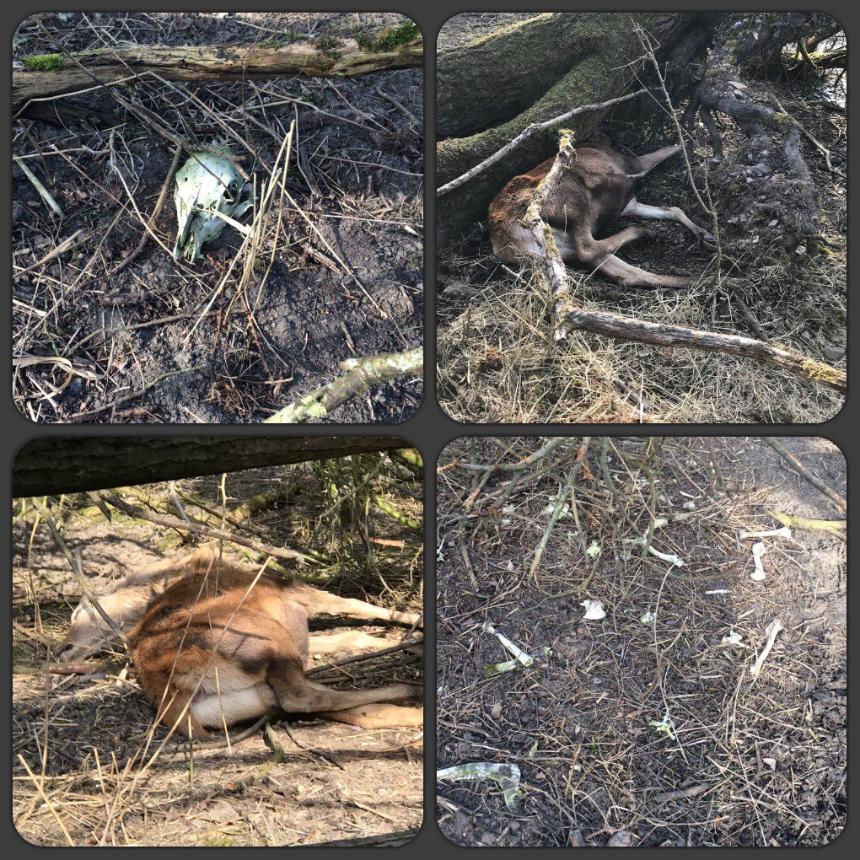
#DaanVreugdenhil I<als rijkswaterstater verantwoordelijk budget toenmalige RIJP,introductie grotegrazers bevorderd.Niet Vera!Wat hier gebeurt is NOOIT mijn bedoeling geweest.80 landen gewerkt,DoctNatuurbescherming,volstrekt niet eens met SBB,Vera&consorten https://t.co/LUhFIjhoKd pic.twitter.com/XIdefQAZzj
— OVP NEWS (@HELPOVP) March 16, 2018
Actievoerders voeren en geven SBB goede voorbeeld pic.twitter.com/E61zVNEPjQ
— lydia zivkovic (@lydiazivkovic) March 17, 2018
Voerplaats Grote Praambult: Ik hoopte dat deze door SBB was ingericht. Hij zag er zo vredig uit. Maar nee, het is een voerplaats van verontwaardigde dierenliefhebbers. SBB probeert nog steeds de voerplaatsen zo veel mogelijk buiten het zicht van bezoekers te houden. pic.twitter.com/D3aZPFEoCK
— Nico Dijkshoorn (@NicoDijkshoorn1) March 17, 2018
? en dan te weten dat nu onvoldoende bijgevoerd wordt en door SBB juist op een wijze (expres) wat SBB de hooigooiers juist verwijt, want uit video blijkt dat juist SBB zelf op kudde gevechten van #grotegrazers aanstuurt...
— ActietegenDierenleed (@ActieTD) March 10, 2018
Hoi @ministerieJenV ??#oostvaardersplassen #OVP pic.twitter.com/KSRQ3eRqxZ
@Oostvaardersplassen @OVP @Dierenleed Schreef @FransVera ooit niet in zijn boek dat er maar plaats is voor 250 á 300 edelherten? Waarom dan toch ooit begonnen met experimenteren? Alles voor de wetenschap?! pic.twitter.com/HWE9IjhsJ2
— Lourens (@LourensVAL) March 2, 2018
Je kan dus geen aangifte doen tegen een dierenconcentratiekamp.
— not your regular guy (@itsjustatweet2) March 20, 2018
NL anno 2018. #oostvaardersplassen pic.twitter.com/FMkcmSMdoA
Dierenleed in “natuurgebied” #Oostvaardersplassen.
— Dries Mulder ن (@Dries_Mulder) March 5, 2018
Als dit op een agrarisch bedrijf zou plaatsvinden stond heel Nederland (terecht) op zijn kop. Maar ja, natuur hè?
Foto ©: Martijn de Jonge pic.twitter.com/0qigOWbEgg
Nieuw dieptepunt #Oostvaardersplassen #staatsbosbeheer pic.twitter.com/enEKorc8c2
— Dirk de Vries (@DirkdeVries13) March 4, 2018
#Oostvaardersplassen #ovp #SBB pic.twitter.com/Az5QbIJxnj
— Monya Spijkhoven (@MonyaSpijkhoven) March 12, 2018
@FransVera Ik nodig u uit.Woon hier 35 jaar #Oostvaardersplassen en de laatste jaren ellende.U ziet niets? Onderstaand paardje, week geleden, 1 voorbeeld. pic.twitter.com/cUdfRtJxaL
— agnes peeters (@aacpeeters) March 15, 2018
Drachtig, de ribben zijn te tellen en er is geen spriet te eten in dat moeras. Politiek, wetenschappers en zelfbenoemde experts keuren dit goed? #OVP pic.twitter.com/5TOFYfhEjC
— Berta Deunk (@BertaDeunk) March 15, 2018
#OOSTVAARDERSPLASSEN de GROOTSTE SCHANDE OP NATUURBEHEER OOIT! pic.twitter.com/0gH9C9Wkkd
— Lavender #120dB (@ElveTwelve) March 15, 2018
"Natuurlijke Processen" ?#Oostvaardersplassen pic.twitter.com/iWvFCN3QJT
— Merlot Vine (@MerlotVine) March 19, 2018
Wat een heftige foto. #SatanischBosbeheer staat al klaar met zijn vieze grijpers ? #StopOVPnu #BurgerlijkeOngehoorzaamheid #Boeren #Actie #NietInMijnLand #Concentratiekamp En dit weekend komt er weer vorst! MENSEN HELP DE DIEREN!!! pic.twitter.com/jZCJDsoJjf
— I Am A Unicorn #STOP #OVP (@B2VoiceNot2Echo) March 15, 2018
De Heckrunderen zoeken nog steeds een plekje om aan de Oostvaardersplassen te kunnen ontsnappen. 2de foto 13mrt2018 tekst Nico Dijkshoorn @NicoDijkshoorn1 @HELPOVP @ABUSEDJUSTICE @PS_Flevoland Ged.ProvFlevoland #Meijer @SPadjes bezoek https://t.co/t4CAJsD1Di @ActieTD grotegrazers pic.twitter.com/cmO13kZNps
— OVP NEWS (@HELPOVP) March 16, 2018
STOP ANIMAL #CRUELTY AT OOSTVAARDERSPLASSEN NATURE RESERVE #NETHERLANDS - Patrick van Veen, biologist https://t.co/qk2ppF8gPu
— OVP NEWS (@HELPOVP) March 15, 2018
read the text share make it known abroad visit https://t.co/t4CAJsD1Di @HELPOVP @PS_Flevoland @2eKamertweets #grotegrazers Rt pic.twitter.com/5sjxvOyj4x
"Een onthullend artikel op site swgg https://t.co/AlDZUcJ4Gp rampzalige situatie in #oostvaardersplassen. Situatie dieren, handelen SBB en het protest. Staatsbosbeheer @staatsbosbeheer" < @EricaHennekes - @ActieTD @NicoDijkshoorn1 @MayaVoorDieren @ABUSEDJUSTICE @DierisVriend rt pic.twitter.com/vLlyHfXAkb
— OVP NEWS (@HELPOVP) March 15, 2018
Half kilo hooi per dag gaat deze drachtige merrie niet meer helpen, ze kan niet meer eten.#Oostvaardersplassen
— lydia zivkovic (@lydiazivkovic) March 12, 2018
Voor wie moet dit experiment doorgezet worden??? pic.twitter.com/L3ycLIwWCp
Lees het verdriet bij het beestje af. Daar loop je dan moederziel alleen. Geboren in de hel die de mens voor jou heeft gemaakt ? #Oostvaardersplassen #OVP #SatanischBosbeheer pic.twitter.com/QWDP8LKEpW
— I Am A Unicorn #STOP #OVP (@B2VoiceNot2Echo) March 11, 2018
De natuurlijk excessen in de #Oostvaardersplassen pic.twitter.com/tv9x0zGTbk
— ?Linda StopOVPNu ☀️ (@Da2318Lin) March 11, 2018
antwoord minister Schouten op vragen dierenleed #ovp zoals verwacht ontwijkend: https://t.co/uDTQhMMG07 Verantwoordelijkheid ligt bij provincie. Het advies comm.VanGeel wordt beschouwd als review. @OmroepFlevoland @FlevoPost_nl @De_Stentor @jandereus1 @SGPFlevoland @CUFlevoland pic.twitter.com/6F2knyO0Lw
— Nico Dijkshoorn (@NicoDijkshoorn1) March 11, 2018
vr. 9-3-2018: quick scan @Dierbescherming in ovpl.Hopelijk niet zo "quick" dat de inspecteur de probleemgevallen over het hoofd ziet.Veel dode herten.@SPadjes @cdkflevoland @carolaschouten @RidderDionGraus @mvonmartels @JacoGeurts @ArneWeverling @PS_Flevoland @NVWA_Natuur @_NVWA pic.twitter.com/Q98XqeB7fR
— Nico Dijkshoorn (@NicoDijkshoorn1) March 8, 2018
Fijn dat deze dieren steun van jullie krijgen. En de scharminkels van #ovp? Die kunnen wegrotten in hun aardse hel. #hypocriet #allesvooreenhogerdoel pic.twitter.com/YeqE8a2uKG
— Eveline Oosterveld (@eef1210) March 6, 2018
And a picture from up close. pic.twitter.com/5eohs8p2IC
— Adriaan Jonkhart (@AJonkhart) March 17, 2018
#Oostvaardersplassen dieren hebben hooi gekregen van actievoerders, gewone mensen die het leed niet meer aan konden zien. pic.twitter.com/9YKgstWZ64
— lydia zivkovic (@lydiazivkovic) March 17, 2018
STOP ANIMAL CRUELTY AT OOSTVAARDERSPLASSEN NATURE RESERVE NETHERLANDS
Laat de grote grazers in de Oostvaardersplassen niet verhongeren/Don't let them starve to death

|
150226+KNMVD+STANDPUNT+WELZIJN+GROTE+GRAZERS+OOSTVAARDERSPLASSEN+2015+DEF.PDF Size : 590.219 Kb Type : PDF |
